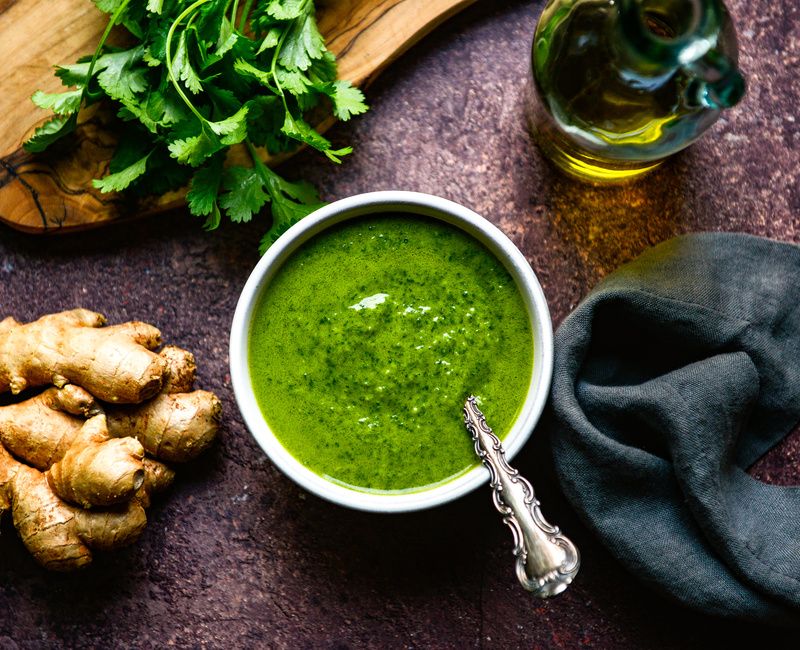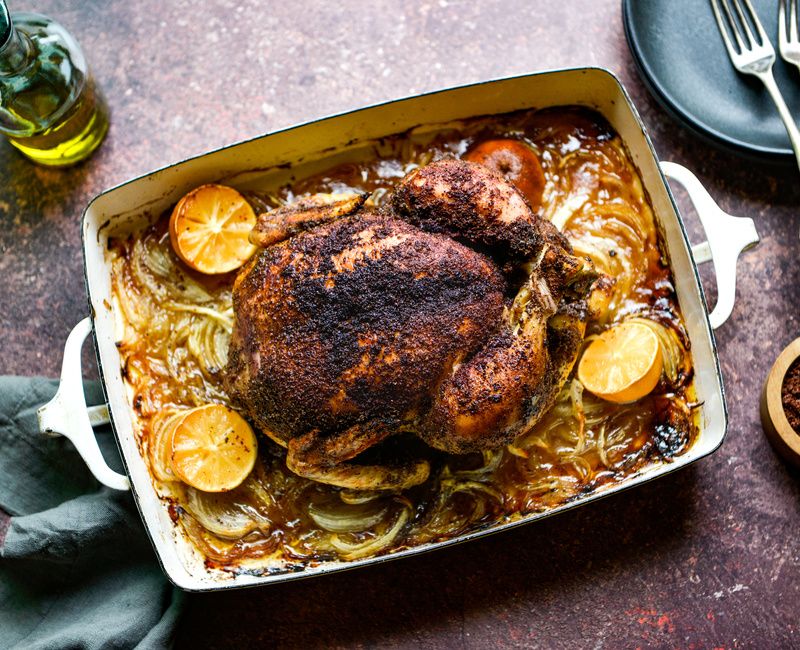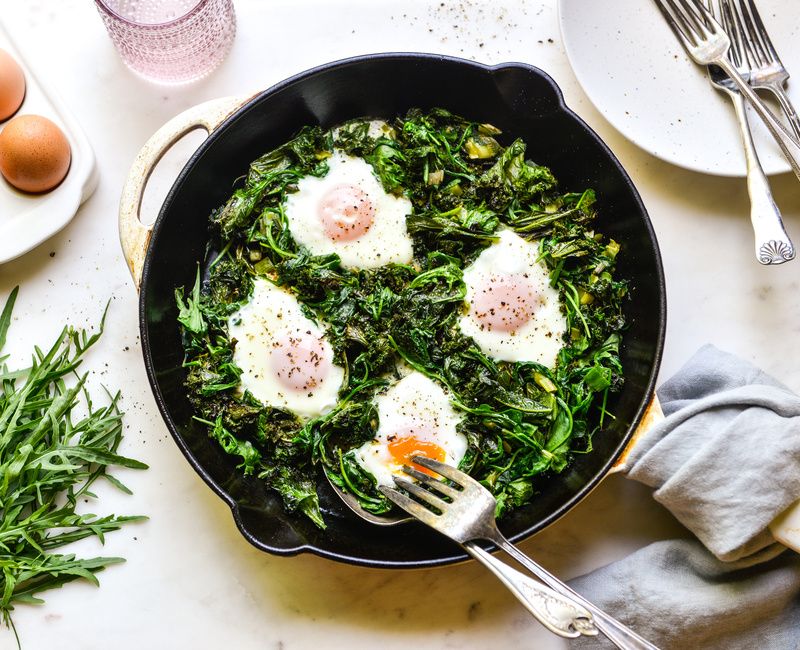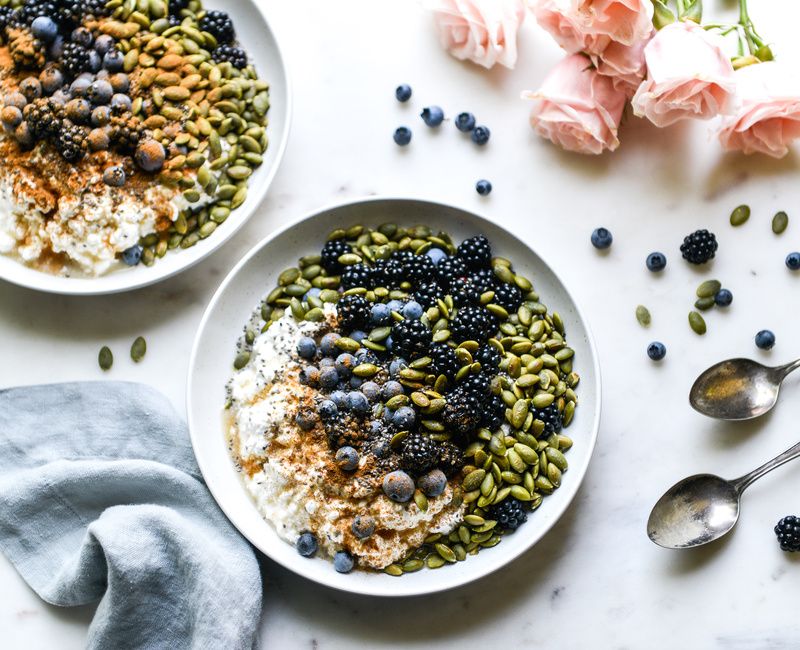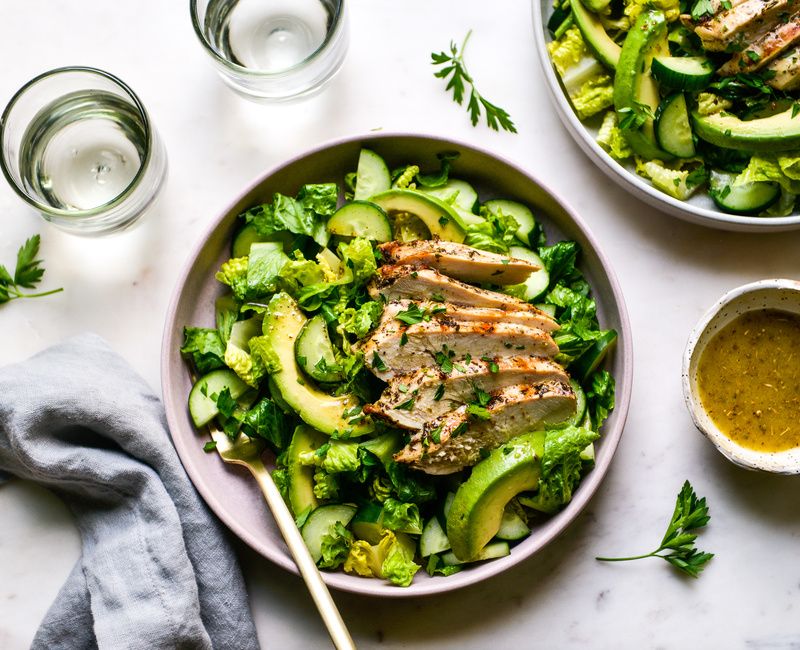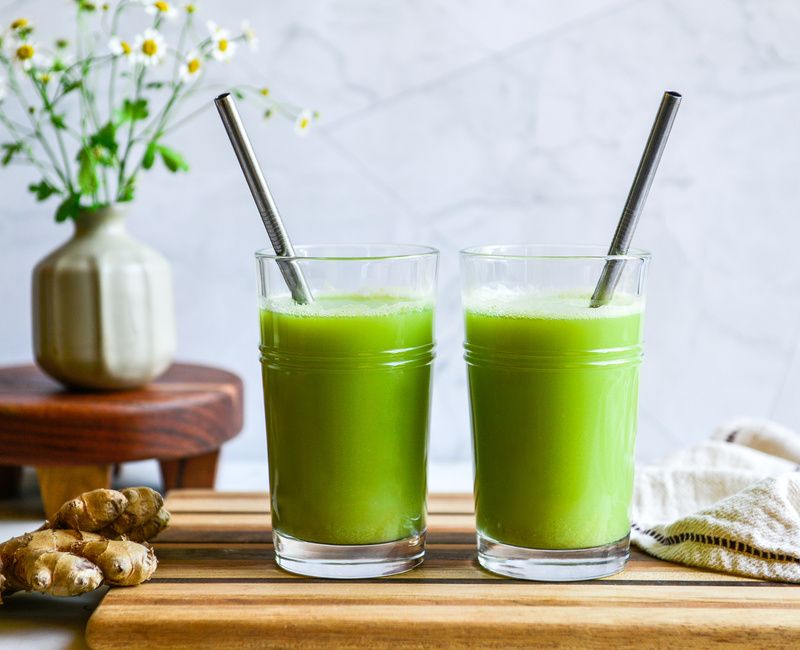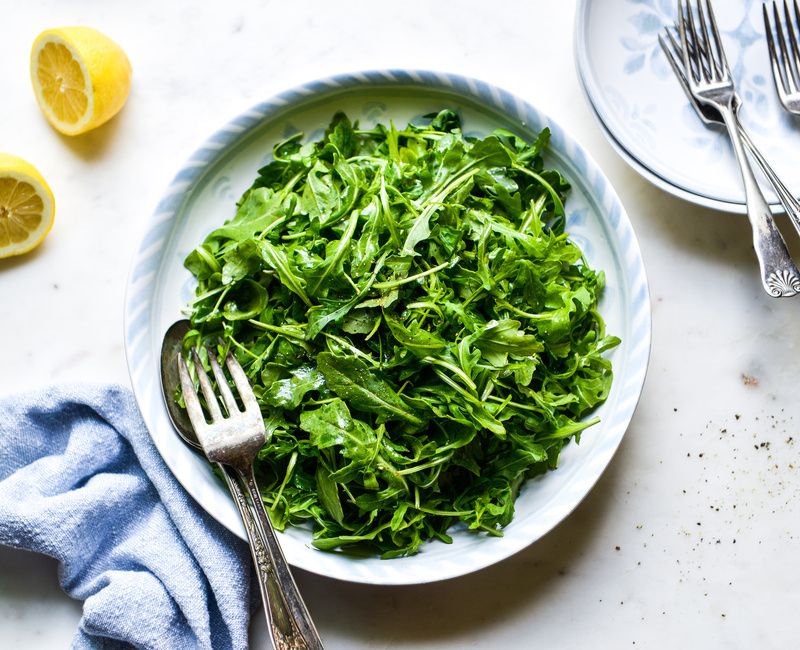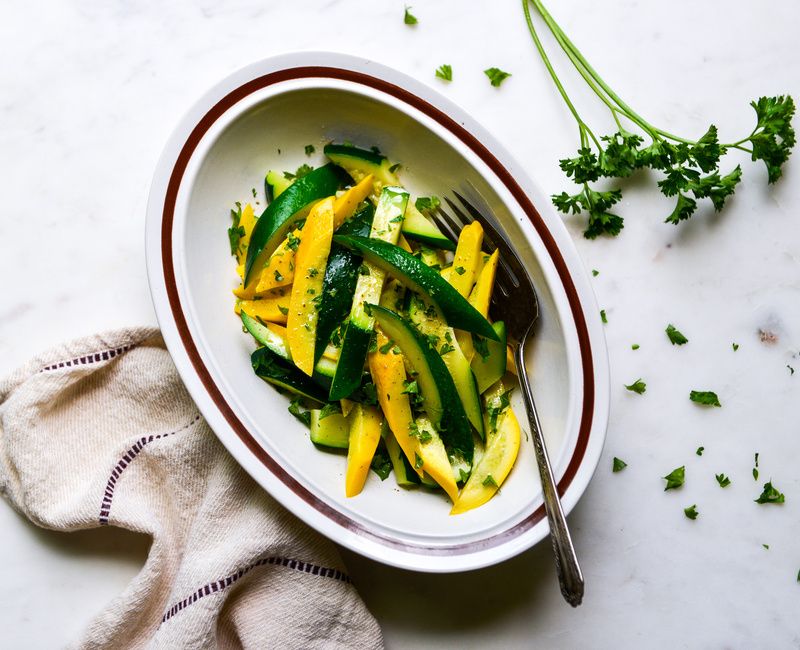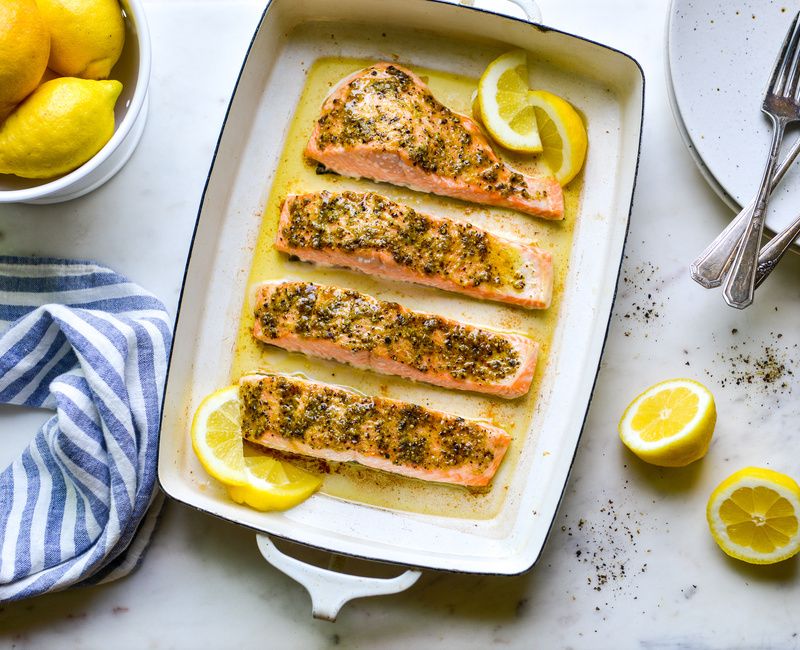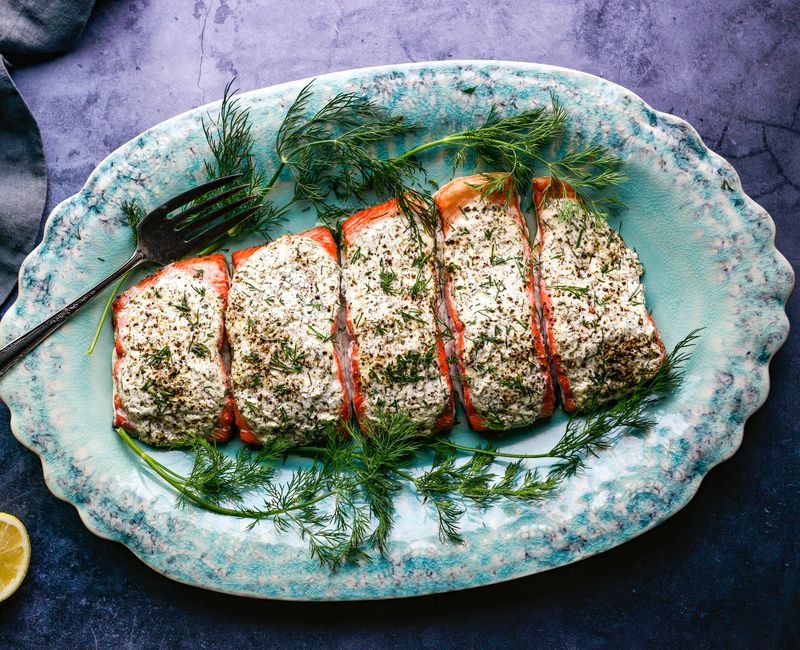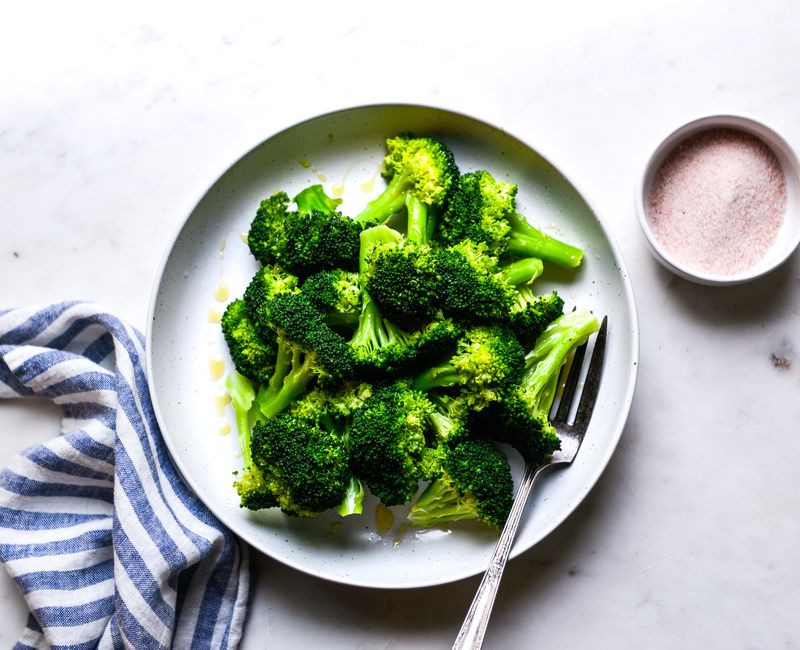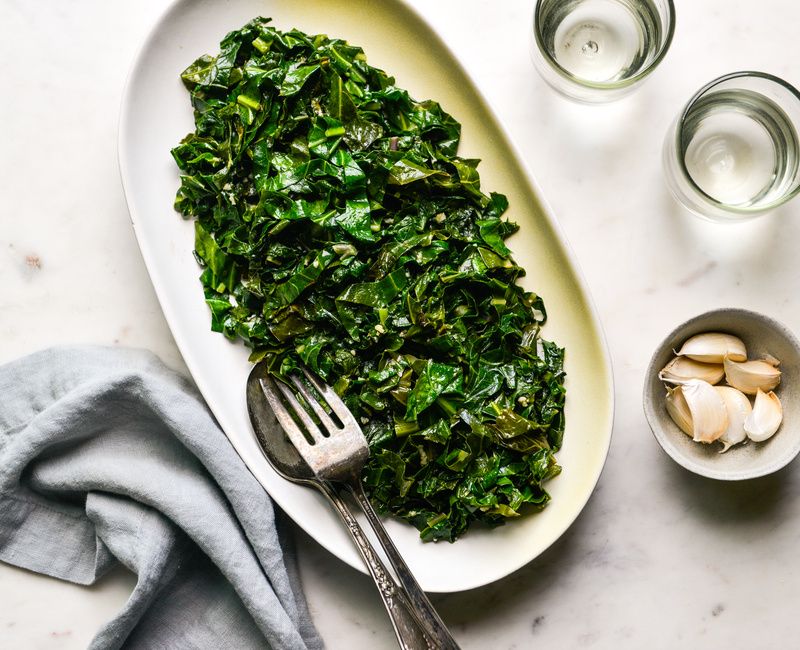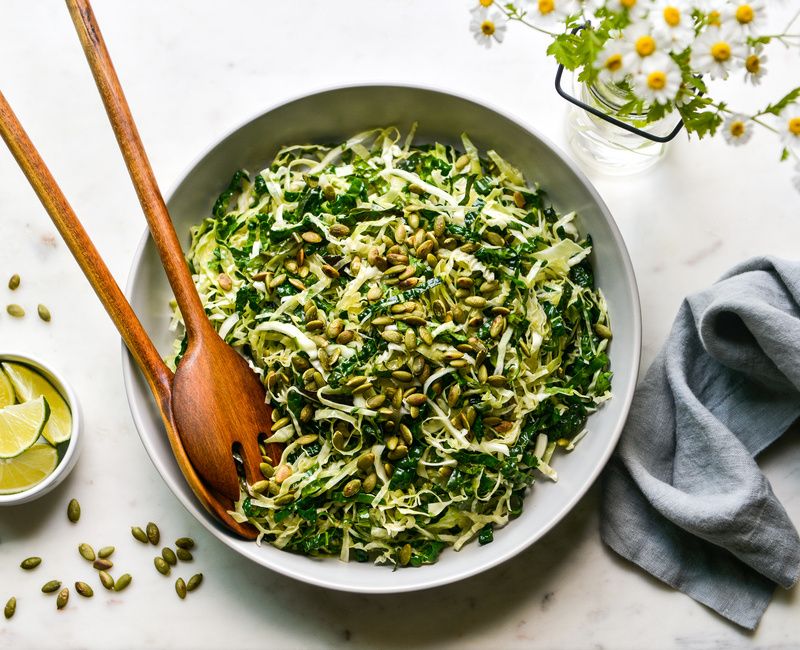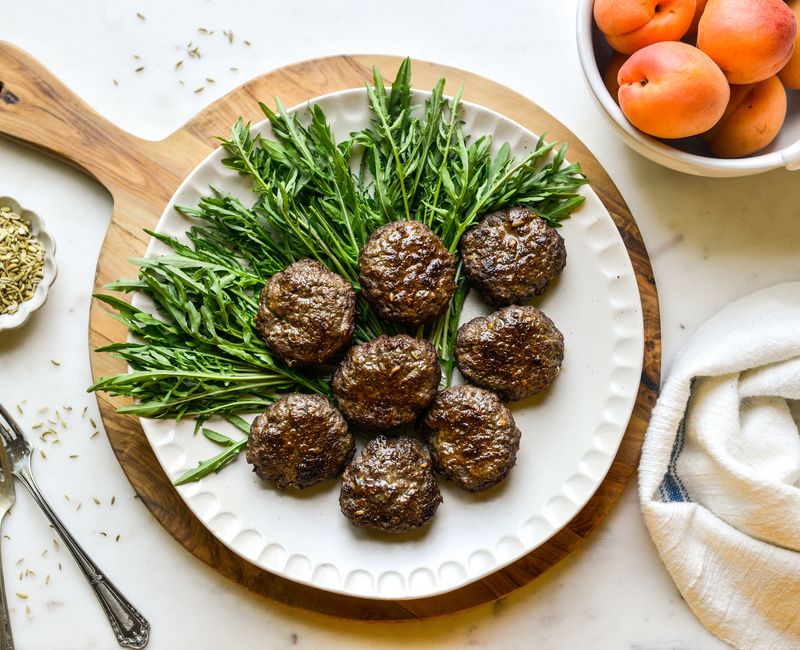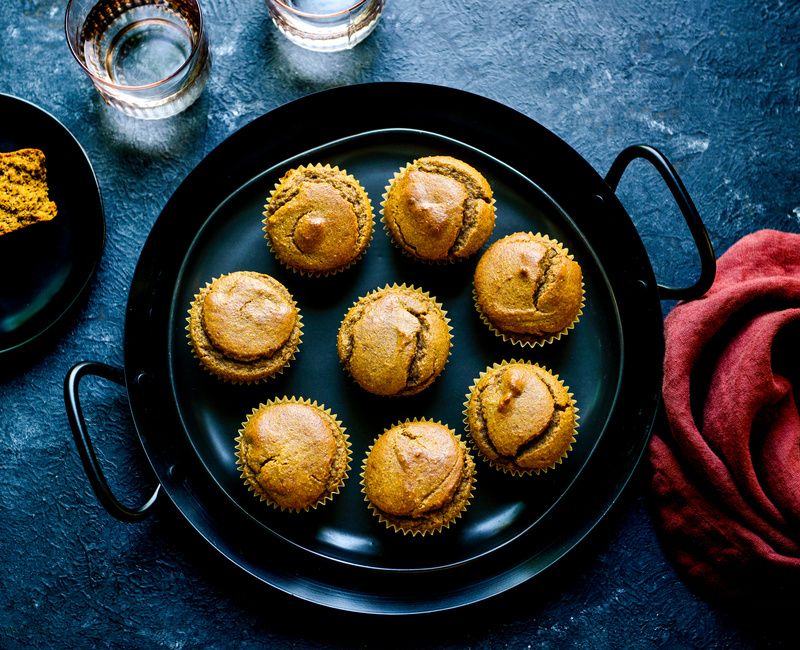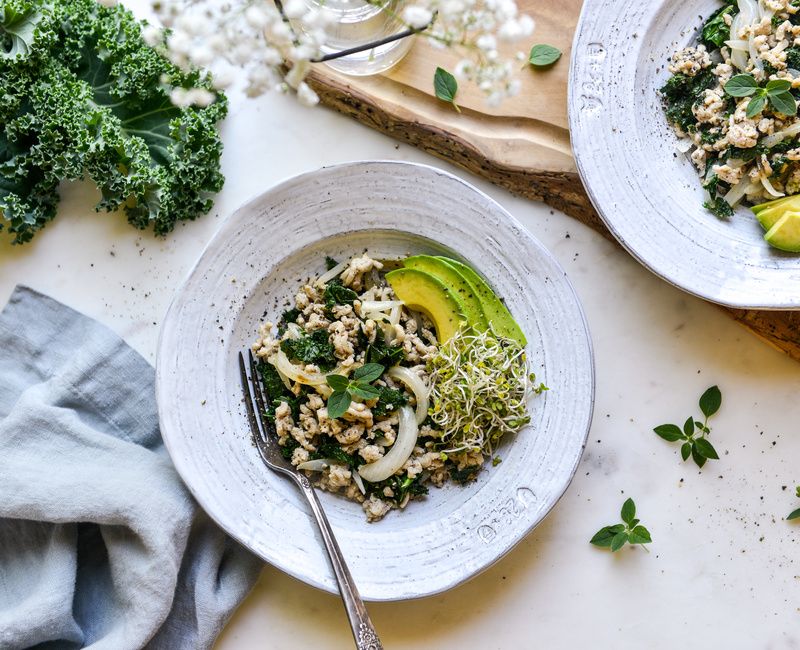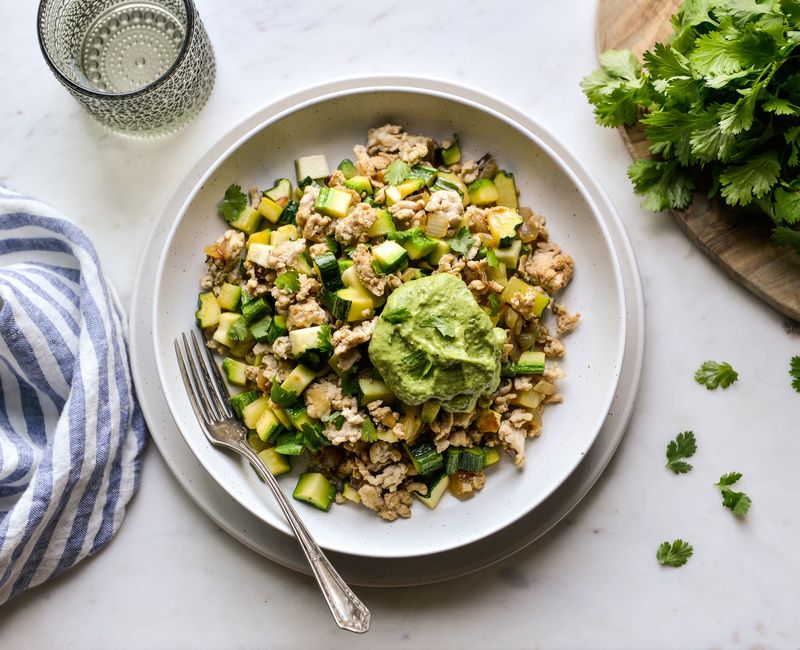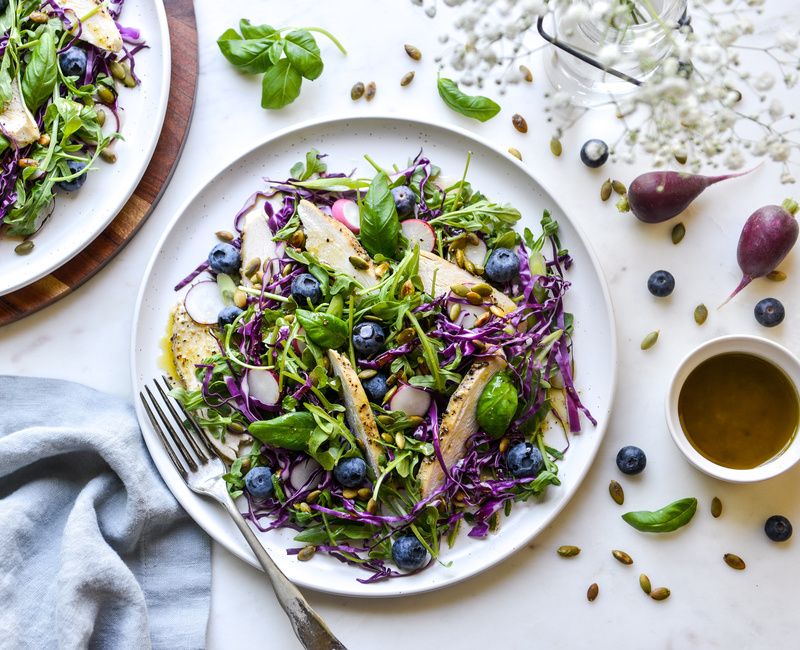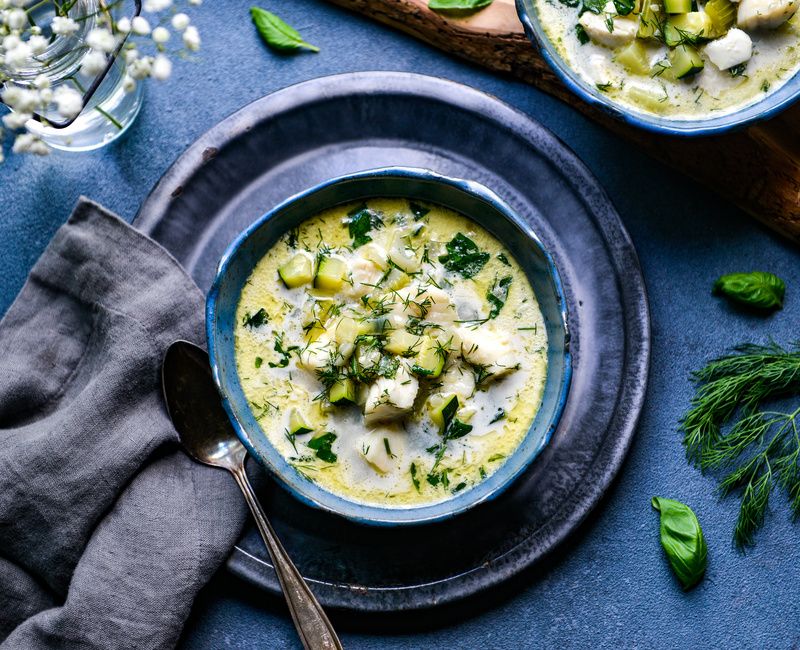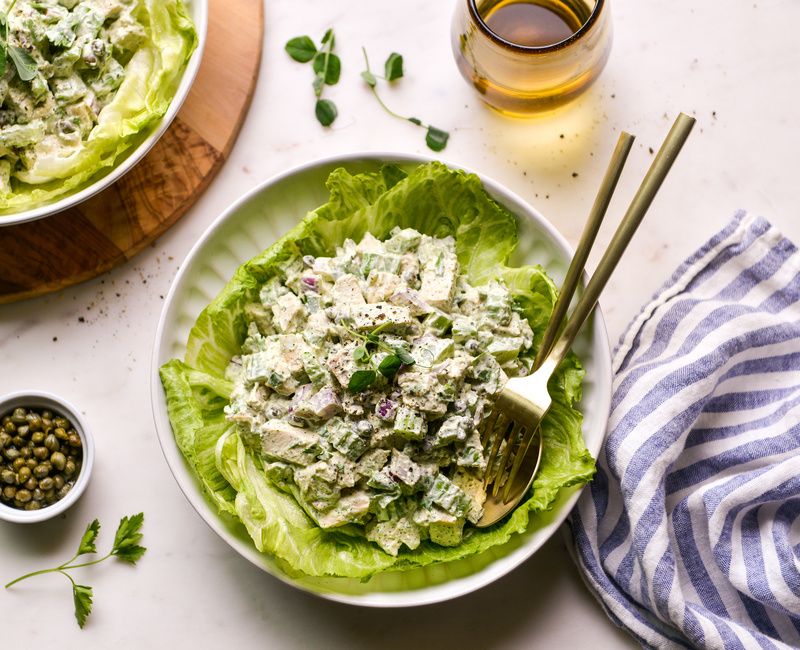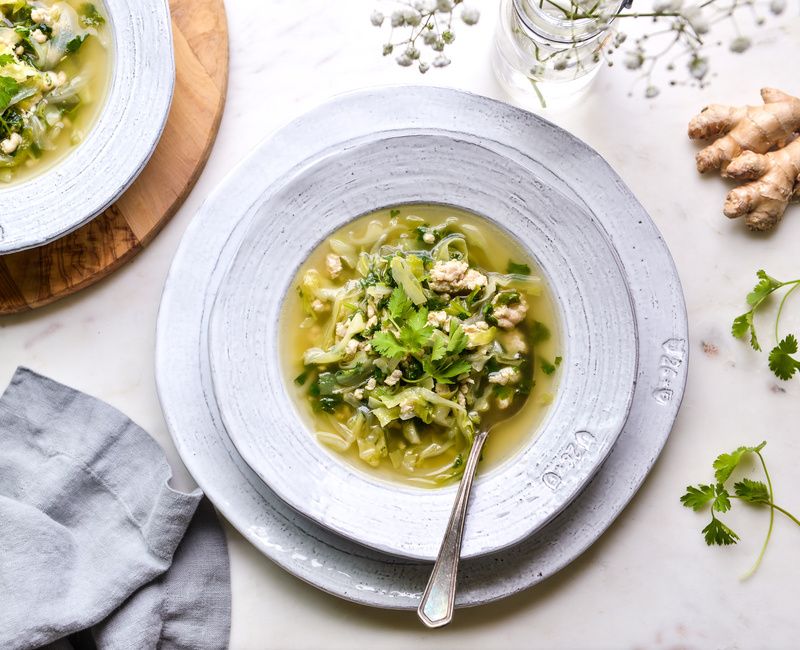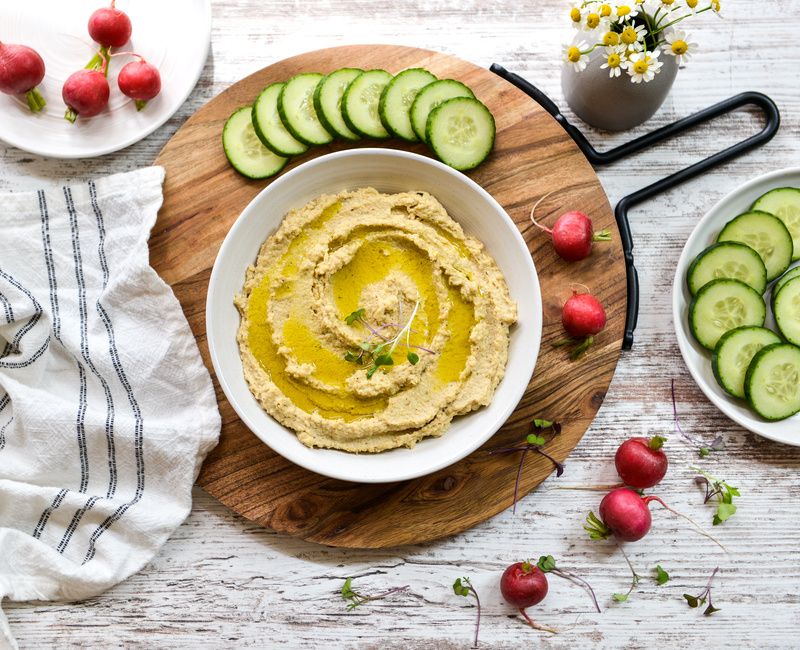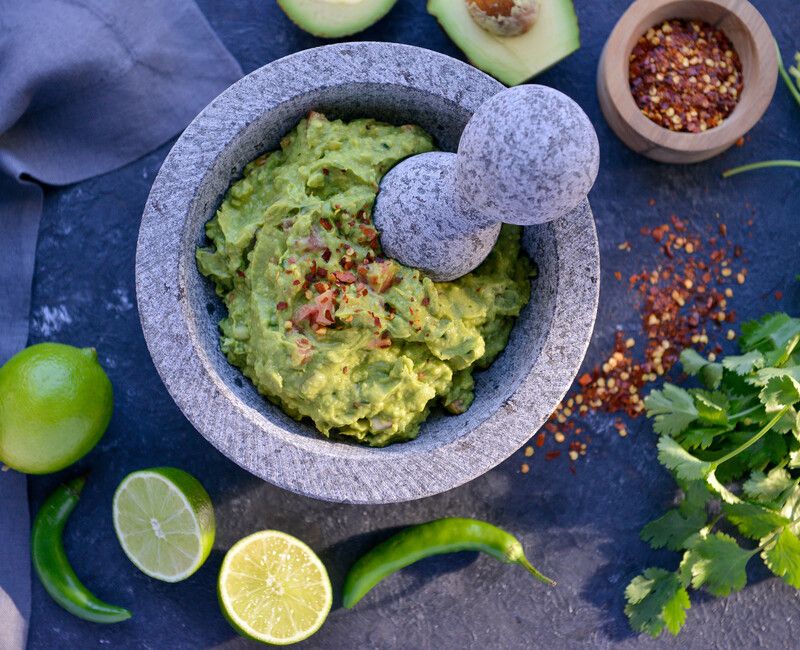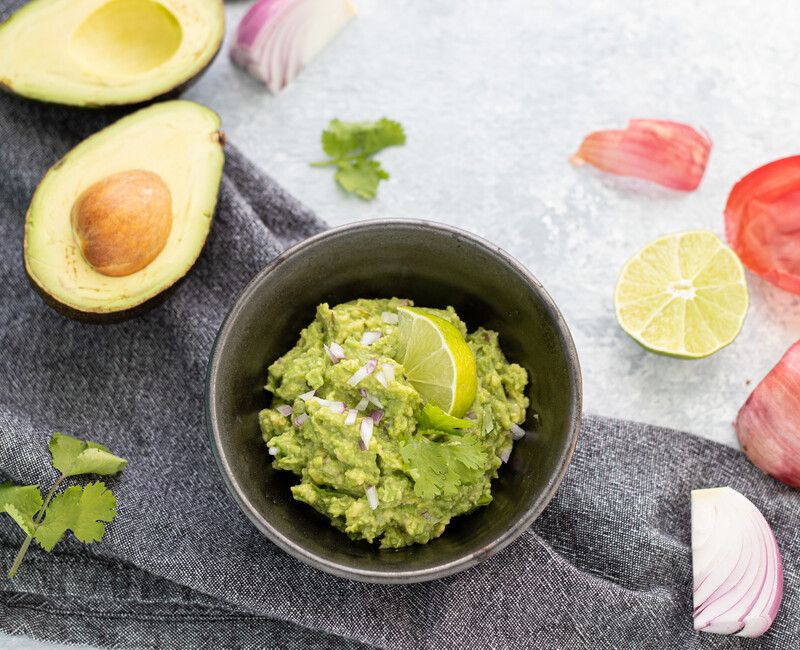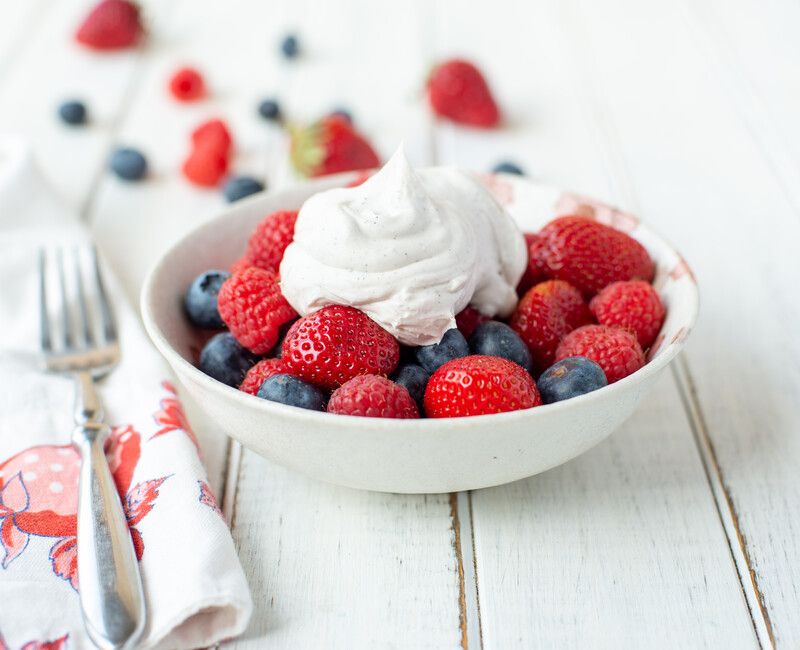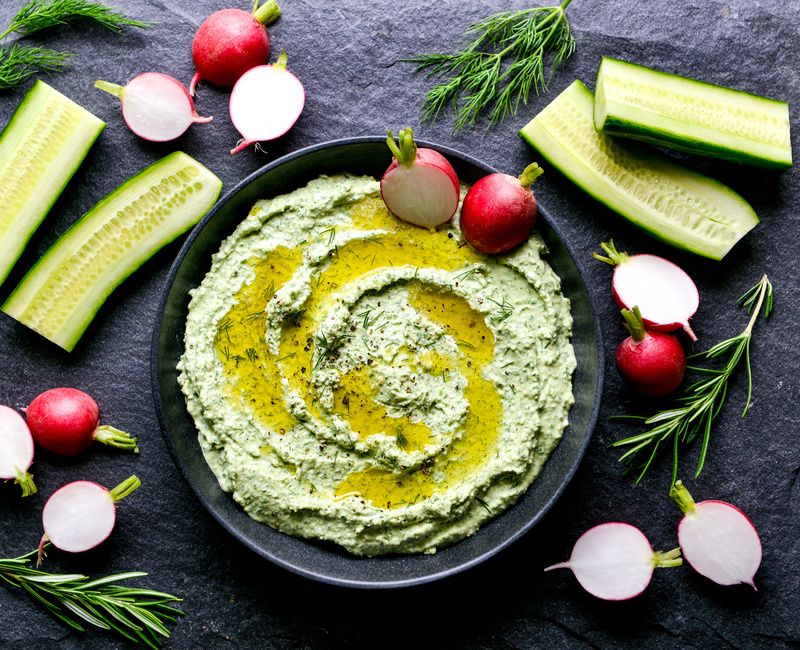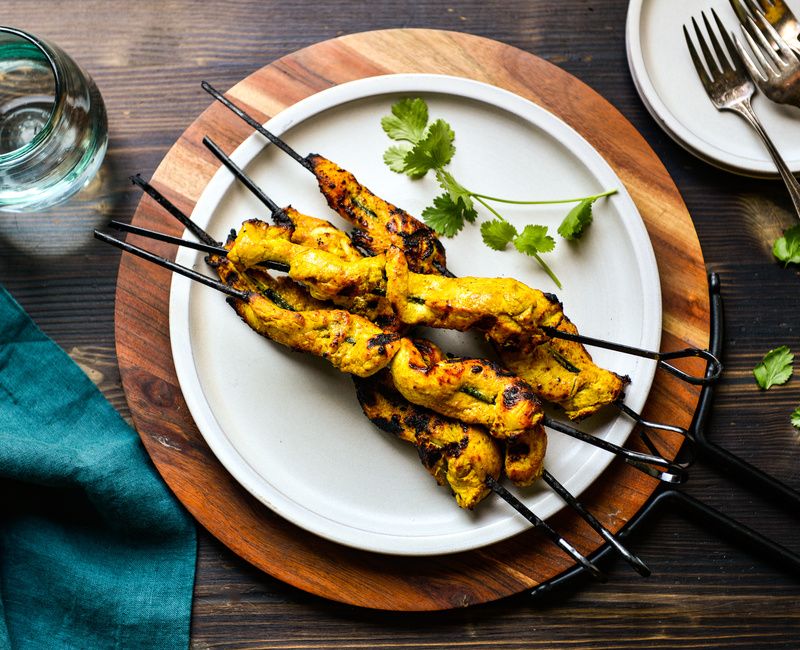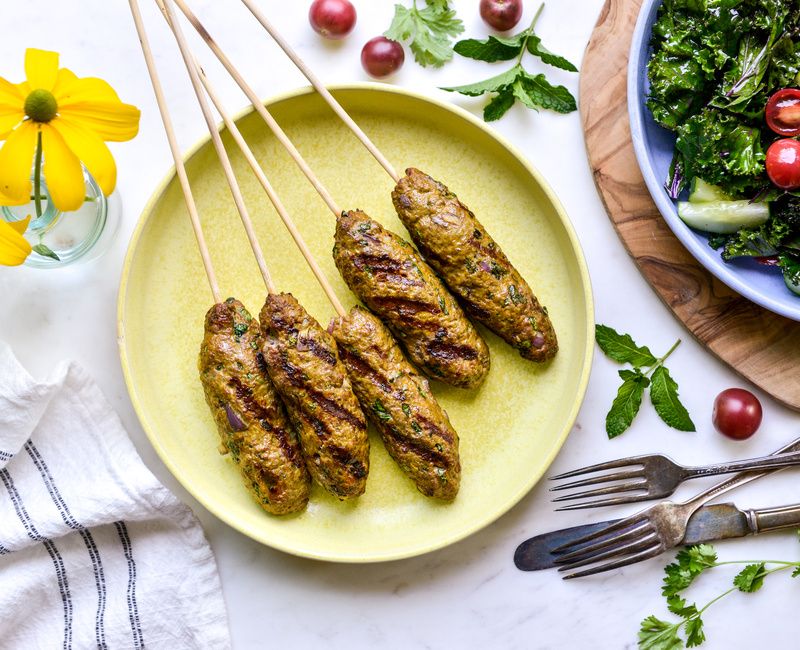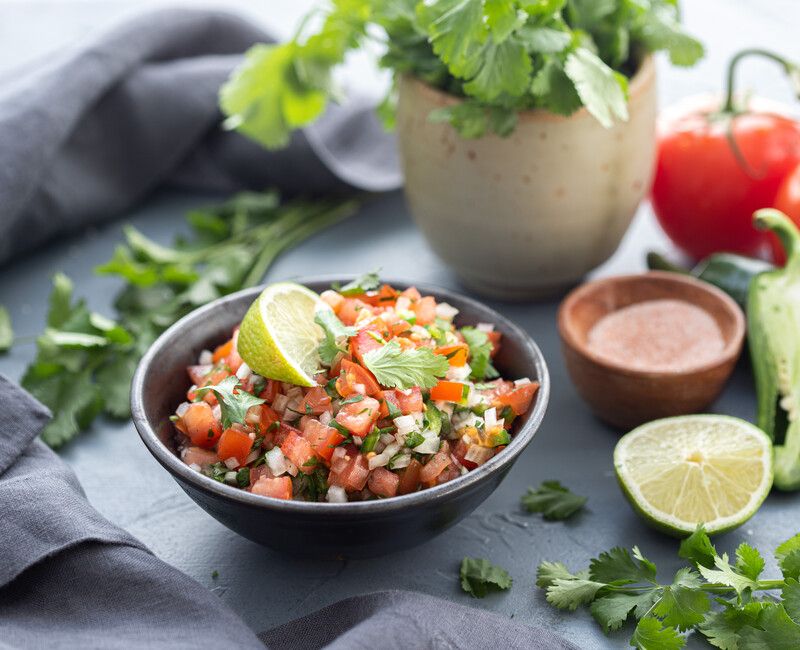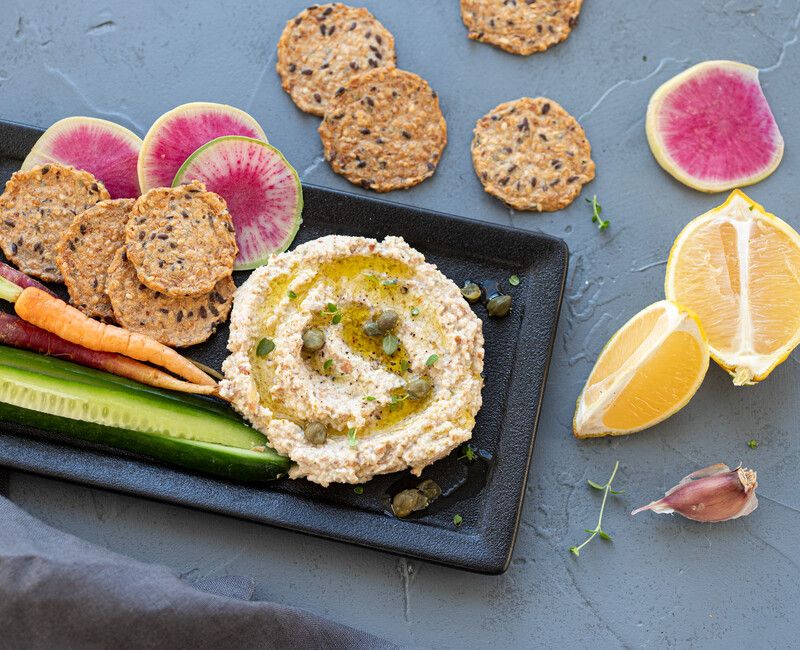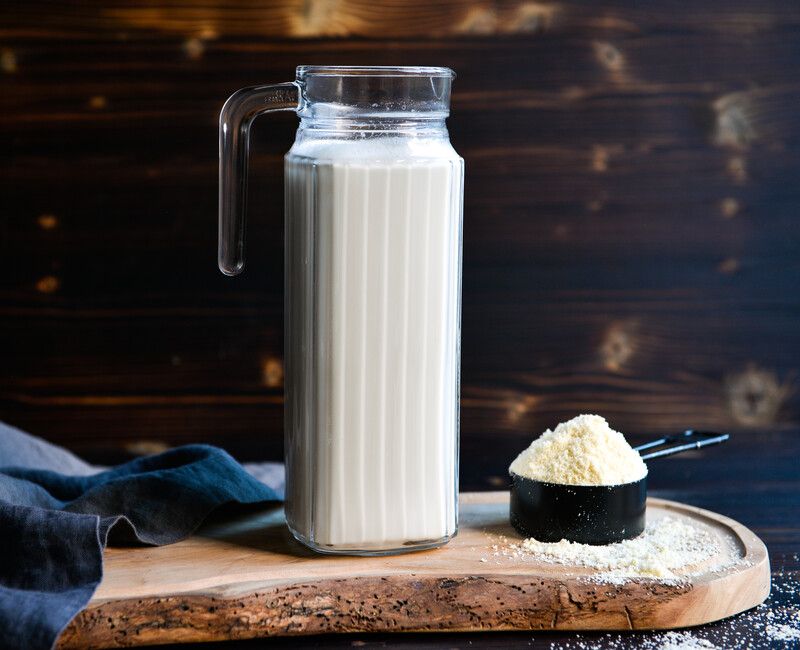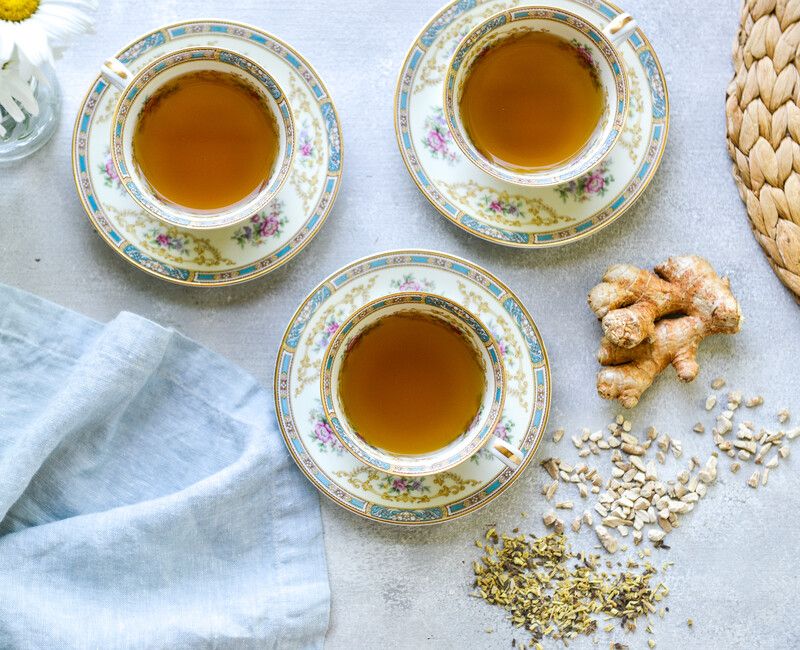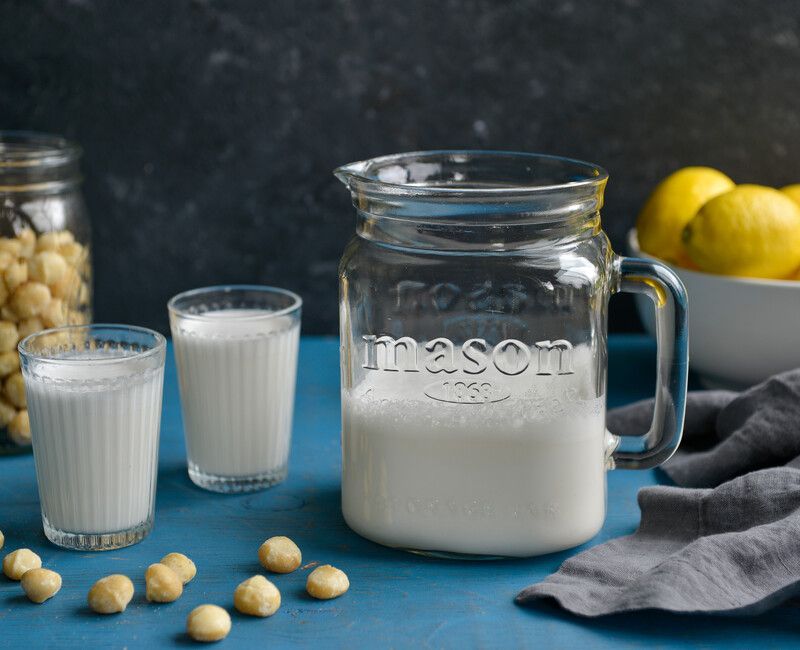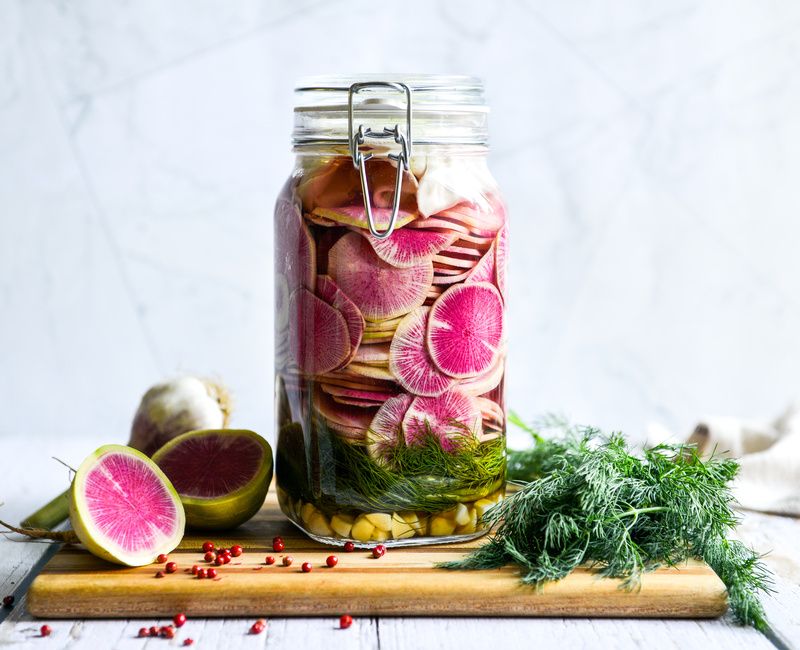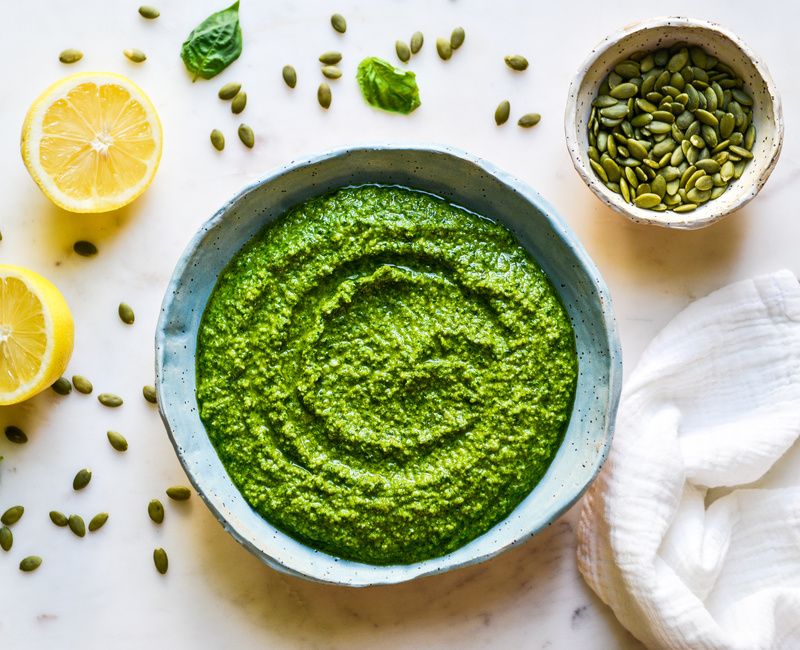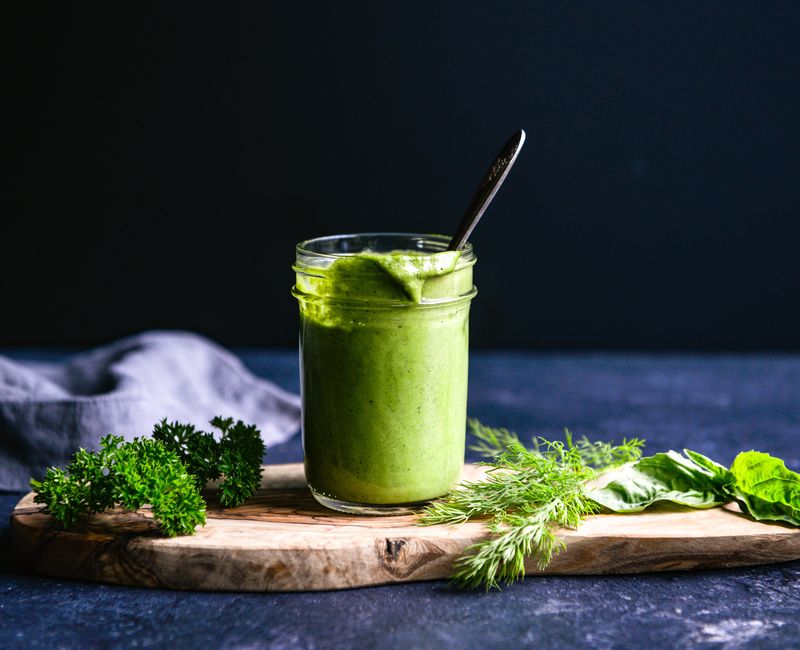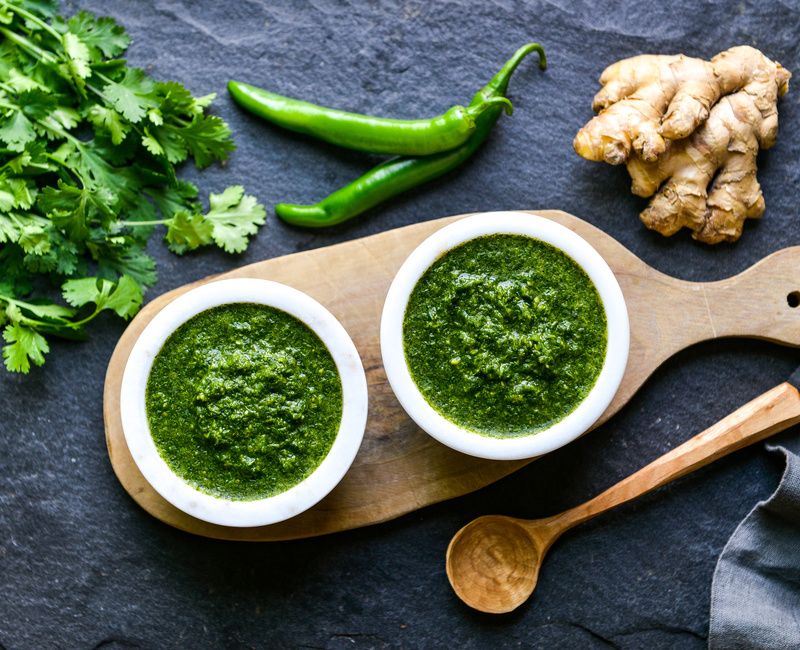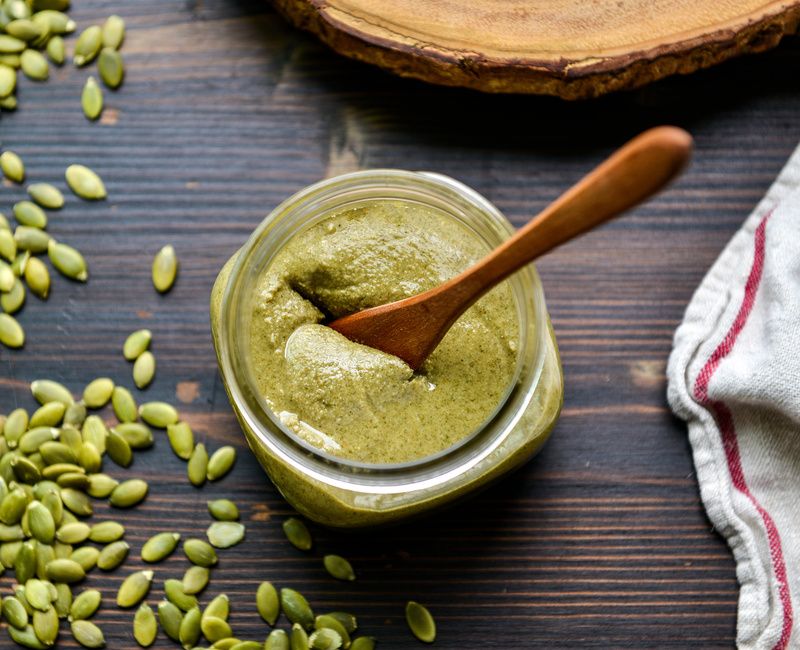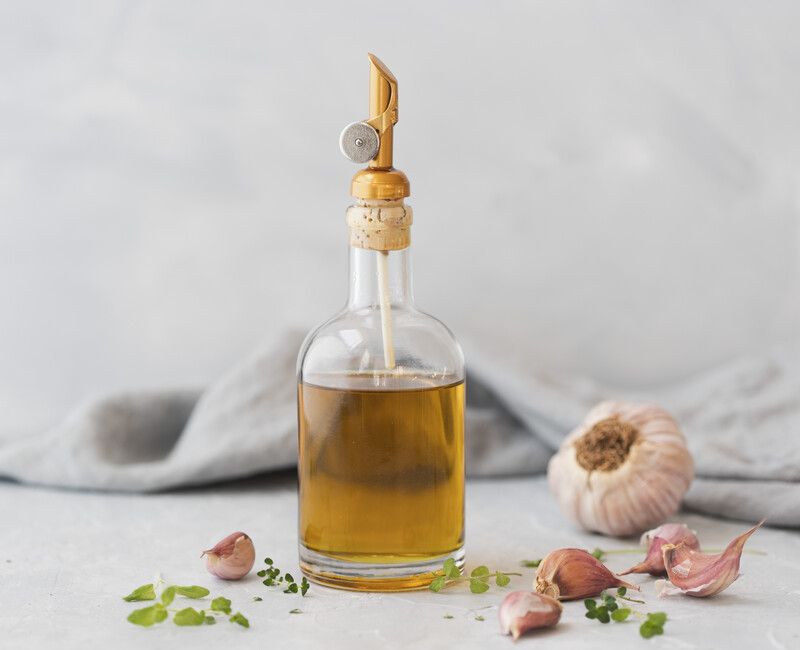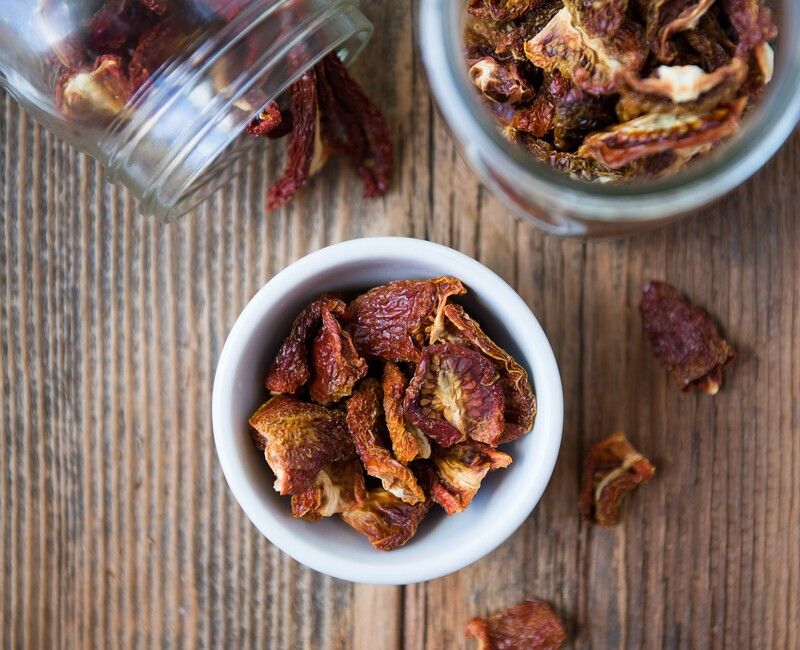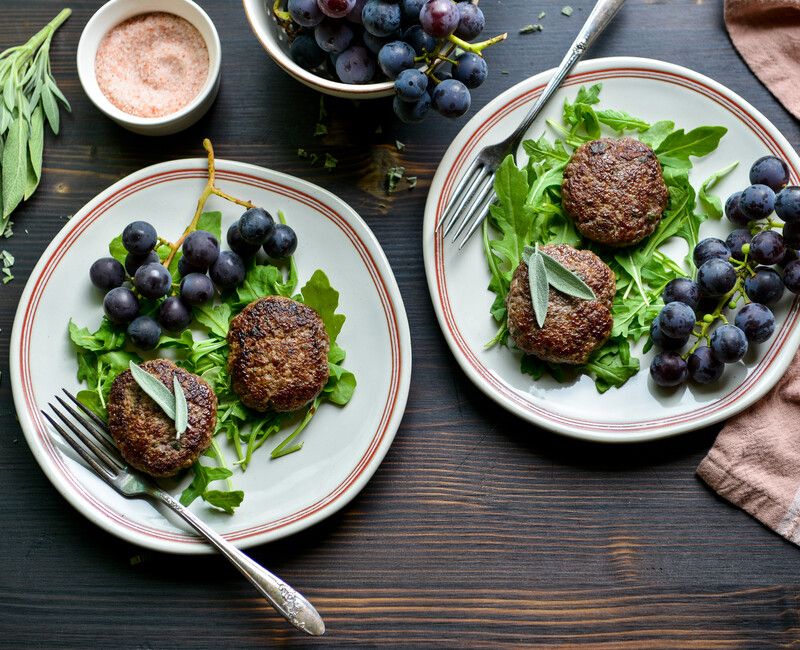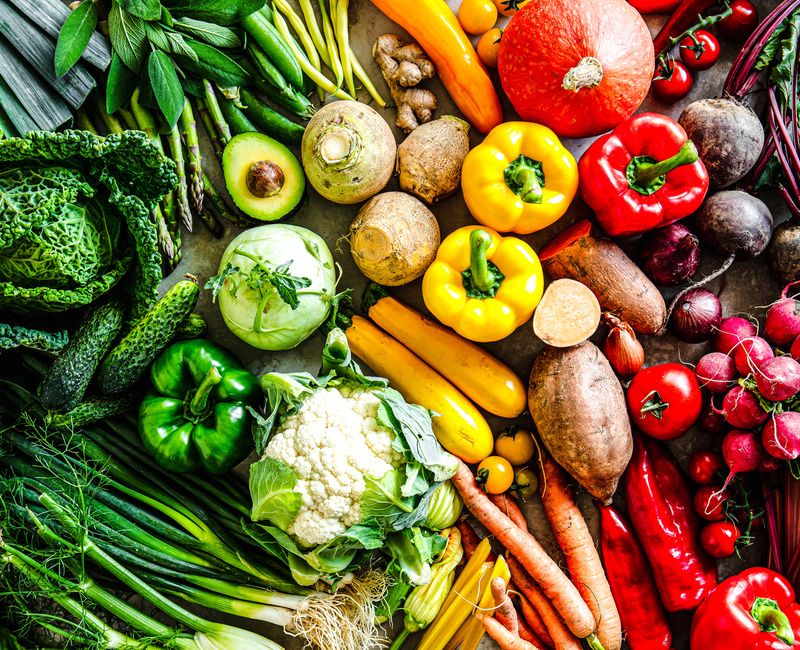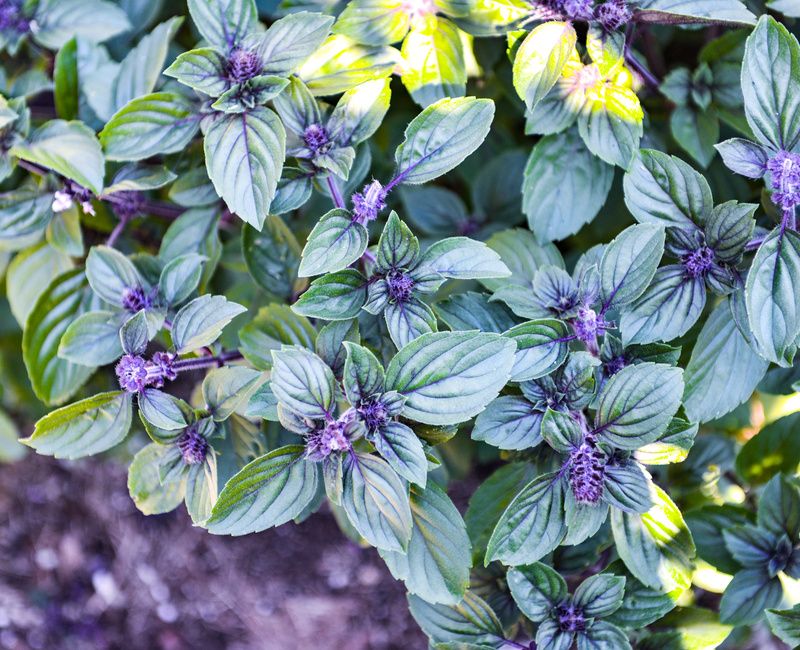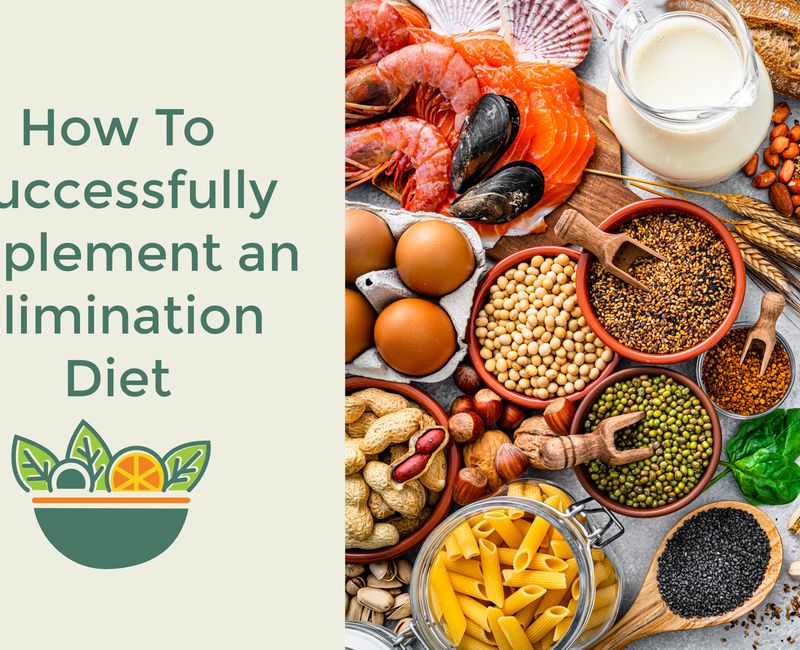Anti-Candida
Candida is a type of yeast that typically inhabits the human gastrointestinal tract, however, imbalances in the gut microenvironment can allow this organism to grow unchecked. There are a few different Candida species that are typically found in overgrowth infections; these include C. albicans, C. glabrata, C. parapsilosis, C. tropicalis, and C. krusei. Overuse of antibiotics, lack of microbial gut biodiversity, lack of pre-biotics in the diet needed to feed the “good bacteria” that keep the yeast in check, extreme stress, and ongoing exposure to environmental chemicals can disrupt the delicate balance of beneficial microbes in the gut and can lead to an overgrowth of candida. Gut infections, like those stemming from Candida overgrowth, can induce systemic inflammation so it is very important to address these. An anti-candida diet is a good place to start to bring the gut back into balance and reduce inflammation in the body.
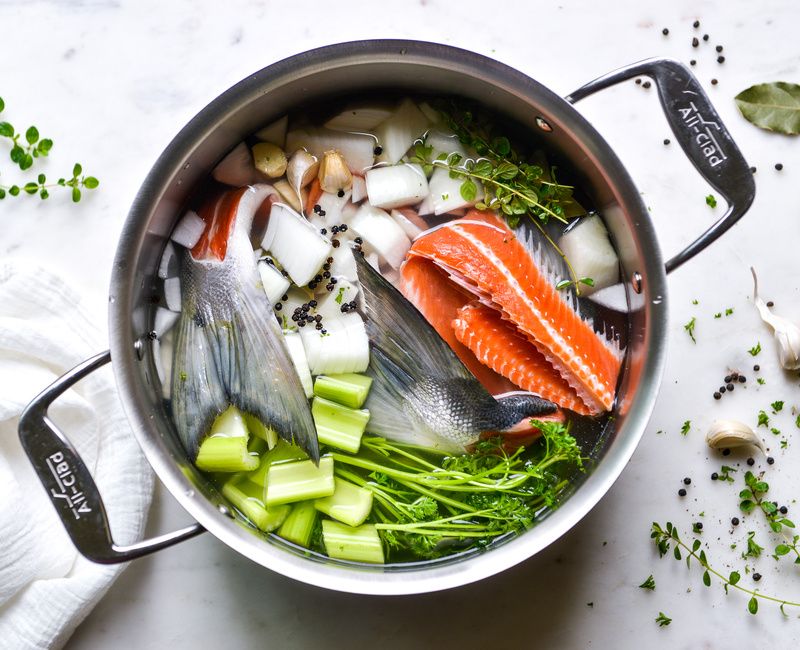
Latest Anti-Candida Recipes
Anti-Candida Safe with Modifications
What is the Anti-Candida Diet?
The Anti-Candida Diet is a targeted therapeutic diet designed to reduce fungal overgrowth—particularly Candida albicans—in the gut, while supporting microbial balance and gut healing. This diet eliminates the foods that feed Candida, such as sugars, starches, grains, and processed foods, and instead focuses on nutrient-dense, anti-inflammatory whole foods that help restore a healthy gut microbiome.
The version provided here is a more strict variation that also excludes legumes, grains, and starchy vegetables. If you're new to this diet or working closely with a practitioner, you may consider starting with a less restrictive option such as the IFM Anti-Candida Diet. In some cases, moderate inclusion of certain whole grains—rich in prebiotic fibers like beta-glucans—can actually support beneficial microbial populations that naturally keep Candida in check.
It’s also essential to support detoxification pathways during this process. As Candida dies off, metabolic byproducts are released that may temporarily worsen symptoms. Supporting your liver, lymph, and gut with an activated charcoal supplement, cruciferous vegetables, fiber, a magnesium supplement, and amino acids can help the body clear these byproducts more efficiently. Increase the amount of water you are drinking daily and be sure to only use filtered water. The chlorine in city tap water can be a contributor to the die-off of beneficial microflora in your gut.
Who is the Anti-Candida Diet For?
This diet is ideal for individuals struggling with:
-
Candida overgrowth
-
Small Intestinal Fungal Overgrowth (SIFO)
-
Leaky gut syndrome
-
Sugar cravings or sugar addiction
-
Multiple food sensitivities
-
Chronic bloating, yeast infections, skin issues, and fatigue related to fungal imbalance
It is especially beneficial for those who have taken multiple rounds of antibiotics, have a history of high sugar intake, or are experiencing symptoms of systemic Candida overgrowth.
How Does the Anti-Candida Diet Work?
By removing foods that feed Candida and introducing foods that support immune function and microbial diversity, the Anti-Candida Diet helps starve the overgrowth and re-establish balance. The diet focuses on:
-
Eliminating sugars, sweeteners (except stevia and allulose), high-glycemic fruits, starches, grains, legumes, and fermented/aged foods that promote fungal growth
-
Emphasizing non-starchy vegetables, high-quality proteins, healthy fats, and low-sugar fruits to provide nourishment without feeding yeast
-
Supporting detoxification and the die-off process with fiber-rich plant foods, cruciferous vegetables, filtered water, and herbal teas
Foods to Eat on the Anti-Candida Diet:
-
All non-starchy vegetables (leafy greens, broccoli, cauliflower, zucchini, cucumbers, celery, bell peppers, green beans, asparagus, cabbage, brussels sprouts, radishes, fennel)
-
Winter squash in small amounts (delicata, kabocha, butternut, pumpkin)
-
Fresh or frozen meats and homemade bone broths
-
Wild-caught fish and seafood
-
Eggs (organic and pasture-raised)
-
Lightly fermented dairy (kefir, yogurt, cottage cheese, mozzarella, ricotta, soft goat cheese)
-
Coconut milk and coconut products
-
Low-sugar fruits (fresh or frozen berries, pomegranate seeds, lemons, and limes)
-
Nuts and seeds (except peanuts, cashews, and pistachios)
-
Healthy fats and oils (olive oil, avocado oil, coconut oil, avocados, butter, and ghee)
-
Raw apple cider vinegar and raw coconut vinegar
-
Beverages: green tea, matcha, herbal teas, seltzer water, unsweetened cranberry juice, fresh vegetable juices, and coconut water kefir
Foods to Avoid on the Anti-Candida Diet:
-
All sweeteners except stevia and allulose
-
All starchy vegetables except squash (potatoes, sweet potatoes, yams, corn, beets)
-
All grains (including rice, oats, millet, quinoa, wheat, etc.)
-
All legumes (beans, lentils, chickpeas, soy products)
-
All sweet fruits except low-sugar options listed above
-
Processed meats and aged cheeses
-
All vinegars except raw apple cider and coconut vinegar
-
All mushrooms (white, cremini, shiitake)
-
Peanuts, cashews, pistachios
-
Alcohol, coffee, black tea, and fruit juices (except unsweetened cranberry juice)
Benefits of the Anti-Candida Diet:
The Anti-Candida Diet can help break the cycle of sugar addiction, eliminate symptoms caused by fungal overgrowth, and begin to restore immune and digestive function. Candida overgrowth is associated with intestinal permeability, increased inflammation, and a host of downstream symptoms such as brain fog, fatigue, skin rashes, and food sensitivities.
As the gut lining heals and microbial balance is restored, many people experience more stable energy, clearer thinking, fewer cravings, and improved digestion. Though this diet is not meant to be long-term, it can be a powerful reset and healing phase on the journey toward deeper health.
Challenges and Drawbacks:
-
Temporary symptom flare-ups from die-off reactions (e.g., headaches, fatigue, bloating, brain fog)
-
Social eating and meal planning may feel more complex at first
-
Requires careful label reading and home cooking
-
May be overly restrictive if followed long-term without practitioner guidance
How Do I Start the Anti-Candida Diet?
-
Join Nourishing Meals® and select “Anti-Candida” in your diet profile to filter for compliant recipes
-
Use the meal planning tools and calendar to create supportive daily or weekly plans
-
Print or view your grocery list, customized to your selected meals
-
Begin with simple recipes that focus on vegetables, clean proteins, and healthy fats
-
Support detoxification pathways with cruciferous vegetables (broccoli sprouts, arugula, radishes, kale, cabbage), filtered water, lemon water, and herbal teas
-
Stay well-hydrated, and consider increasing amino acids through bone broth or supplementation to aid detox and tissue repair
Healing the gut takes time, but every supportive step you take creates momentum. As your body clears what no longer serves it, you make space for deeper energy, clarity, and vitality to emerge.
